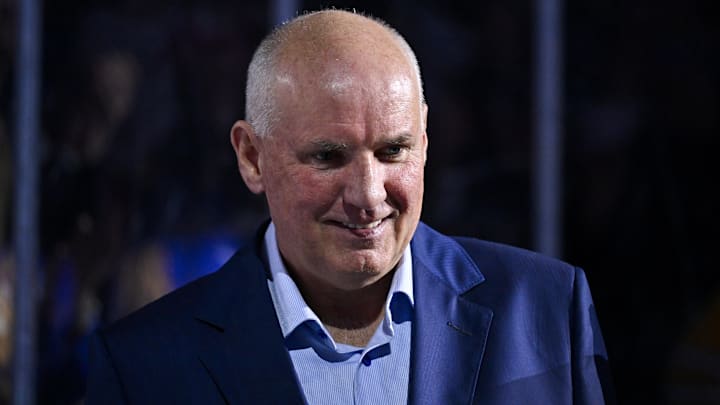Offer Sheets
The final method of roster construction that I'll cover is offer sheets. Rarely seen nowadays, offer sheets are tendered to restricted free agents (RFAs) to acquire the player's signing rights from their original team. This is, of course, how the Blues just acquired Dylan Holloway and Philip Broberg from the Oilers.
Doug Armstrong may have struck gold with this strategy. The Blues find themselves at a critical point of their retool: they are only a couple of years away from a window opening up. This means that they shouldn't swing a blockbuster trade or sign a big-ticket free agent - yet. It also means that any players they draft in the next couple of years won't see NHL playing time for a while. So how do you improve for both the short- and long-term?
Answer: you sign two young RFAs to offer sheets. Dylan Holloway and Philip Broberg offer the Blues young talent, which should continue to improve and develop, providing a positive outlook for the long term. At the same time, Holloway and Broberg improve the Blues at the NHL level for next season, as they both have decent NHL experience, as well as some significant experience in the Stanley Cup Playoffs.
That combination of youth and experience could prove to be incredibly valuable for the Blues, who are currently at a stage of their retool that is difficult to navigate. As the Blues move closer to contention in the years ahead, they should use a mixture of all these different roster construction strategies. But, for now, signing young players with high upside to offer sheets may be the perfect strategy for the 2024 offseason.
